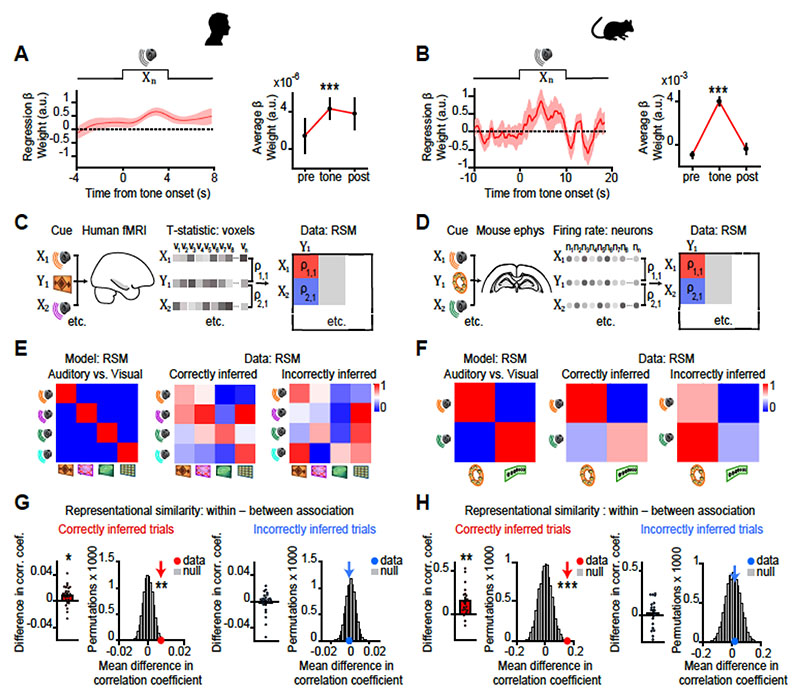Figure 4. Hippocampal prospective memory code during correct inference.
In humans and mice: (A-B) During auditory cues Xn in the inference test, the BOLD signal (humans; A) and the Z-scored firing rate of each dCA1 neuron (mice; B) were regressed onto behavioural performance (correct versus incorrect inference) using a GLM. During Xn, the extracted regression weights (mean±SEM) were significantly positive for correct versus incorrect inference (humans: t21=4.04, p<0.001; mice: t99=10.24, p<0.001). (C-D) In humans (C) and mice (D) hippocampal activity patterns during auditory cues in the inference test and during visual cues in conditioning were compared using RSA to establish a cross-stimulus Representational Similarity Matrix (RSM). In mice, data were filtered by the “decision point” on each trial. (E-F) Average RSMs in humans (E) and mice (F), for the model (predicted results) and the data (observed results) split by behavioural performance in the inference test. Rank-transformed and scaled between [0 to 1] for visualisation. (G-H) In both humans (G) and mice (H), hippocampal activity during correctly inferred auditory cues Xn in the inference test significantly predicted the associated visual cue Yn, ([average within association XnYn correlations, RSM main diagonal] – [average between association XnYm correlations, RSM off-diagonals]; correct and incorrect inference; humans: Z21=2.24, p=0.013 and Z21=0.71, p=0.238; mice: Z17=3.00, p=0.001 and Z17=0.39, p=0.348; mean±SEM). In both species, group mean compared against a null distribution generated by permuting the identity labels of cues Xn (correct and incorrect inference; humans: p=0.005 and p=0.620; mice: p<0.001 and p=0.417; alpha set to 0.05). All statistical tests for correctly inferred trials remained significant with Bonferroni correction to account for two comparisons (correctly and incorrectly inferred), alpha set to 0.025.

